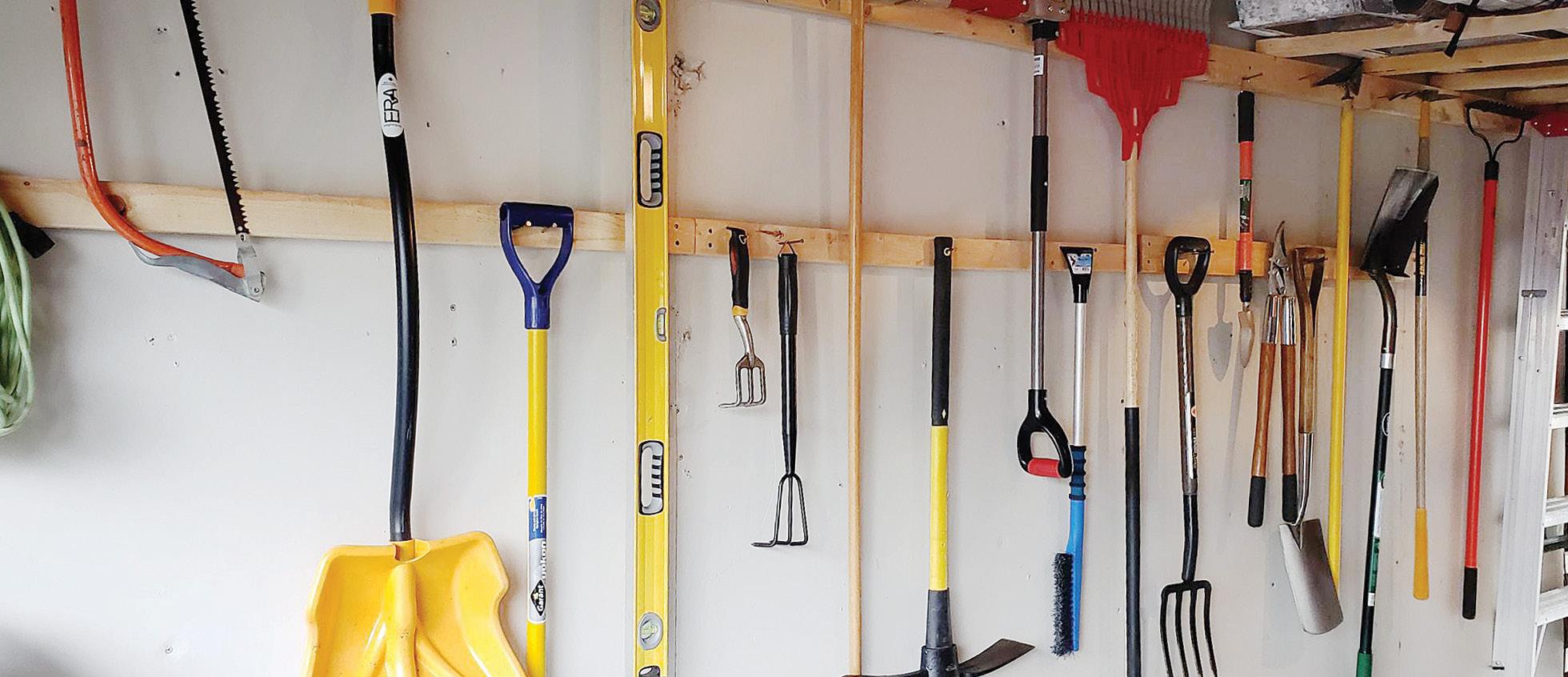Growing hot peppers – what makes them hotter? By Robert Pavlis
Y
The jalapeno pepper seems so quaint now, but for most people it’s more than enough heat. 24 • 2020
Issue 1
ou are trying to grow hot peppers and you find they just don’t have enough heat. What are you doing wrong? What can you do different to grow really hot peppers? People who love the heat from hot peppers are almost religious about making them hotter and hotter and this has resulted in a lot of online suggestions; many of them are just myths but some actually work. It’s time to separate fact from fiction and check the science to see what makes a pepper hot, and what can be done in the garden to make them hotter. What makes a pepper hot? We are talking about the flavor here and not their sexy look. The hotness in peppers is due to a group of chemicals called capsaicinoids and the most important of these is capsaicin, pronounced “cap-SAY-sin”. “The effect of the capsaicin has been described as delivering rapid bites to the back of the palate or a slow burn on the tongue and mid palate,” according to Rosie Lerner of Purdue University. Capsaicin has no flavor or odor but acts directly on the pain receptors. The largest amount of capsaicin is found in the white pith tissue that surrounds the seeds. The outer fleshy part of the fruit has significantly less and contrary to popular belief, there is almost none in the seeds. The venom of some tarantula species and capsaicin activate the same chemical pathway of pain and both have been used in research to study pain. If you want heat in your peppers, you need more capsaicin. The pepper heat scale How hot is hot? Scientists have developed a heat scale called the Scoville scale which measure the amount of capsaicin in SHU (Scoville Heat Units). Sweet pepper: <100 SHU Jalapenos: 2,500-8,000 SHU Tabasco: 30,000 – 60,000 SHU Spicy habaneros: 100,000-580,000 SHU Ghost: >1,000,000 SHU ‘Carolina Reaper’: 1.5 – 2.2 million SHU localgardener.net





















